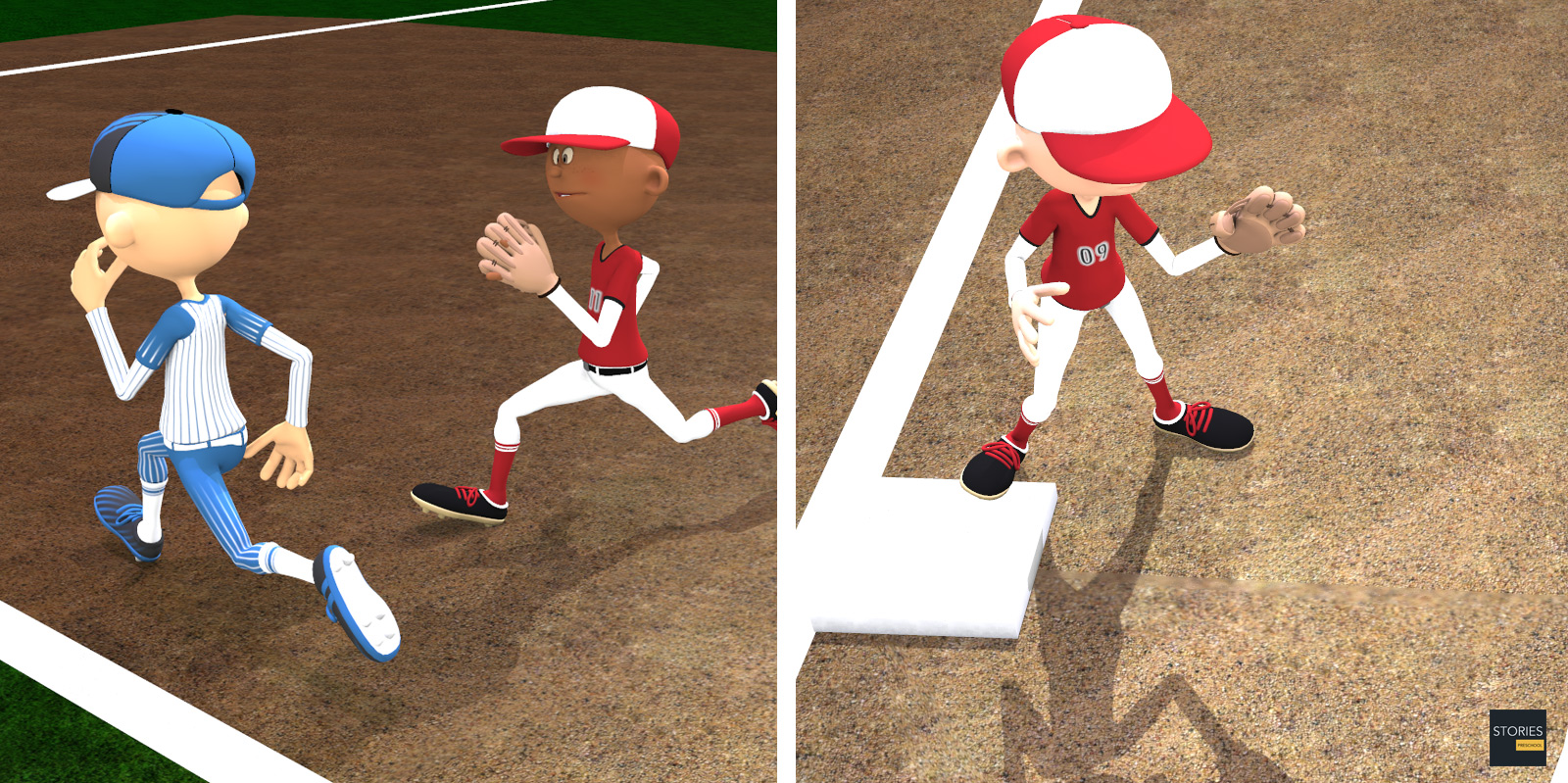Baseball

Wheel Play
The wheel play is a baseball strategy designed to defend against a sacrifice bunt (or tap hit) in a close game in situations in which the offense has a runner on second (or sometimes runners on first and second) and there are no outs (or occasionally with one out). This circumstance can make it imperative for the defense to get the lead runner out because the offense can score without a hit if there is a man at third base with less than two outs. The play's name derives from the wheel-like rotation of the infielders.
The wheel play is a unique bunt defense in that the play is designed to get the lead runner out at third. Most bunt defense strategies give the priority to making sure the team gets one out at first. The play begins with the shortstop breaking to cover third base. As the pitch is thrown, the third and first basemen rush toward home plate to be able to field the bunted ball as quickly as possible while the second basemen runs to cover first base. Additionally, the pitcher moves to back up the fielder on the side his pitching momentum carries him towards.
Ideally for the defense, if the ball is bunted, it goes directly to one of the charging fielders only a few feet past home plate. If it is bunted right at a fielder, the play is to throw to the shortstop (covering third base) for the tag or force out if permitted by the existence of a trail runner.

The offense may try to defeat the wheel play in one of several ways.
If the offense suspects the defense will put on the wheel play, and if sees the shortstop break for third too early or too late, it may send the runner(s) on a straight steal. If the shortstop leaves early, the runner on second will take a "walking lead" off the second base bag, and can be most or all of the way to third when the catcher takes the pitch. If the shortstop leaves too late, the man on second runs with the expectation that the shortstop cannot acquire position to take the throw on the steal.The key for the defense is for the pitcher to use the inside pickoff move once or a few times to keep the runner at 2nd from straying toward third too early and perhaps picking him off. Either way, the effort by the catcher to throw to a moving target in the shortstop opens the possibility of an error permitting additional advance on the bases. Additionally, a man on first takes second without contest, as it will be uncovered. But if the shortstop has the play timed right, the runner from second will be caught stealing, generally with ease.
Alternately, the offense can send the runners towards the next base while instructing the hitter to use a "butcher boy" swing—show a bunting stance as the pitcher begins his delivery, but twist back and swing in full as the pitch arrives. The objective is to put a batted ball into the vacated middle of the field and produce a multiple base advance by the runners. However, because the hitter is moving so much, and since hitters called upon to bunt are often amongst the weakest hitters on the team, it is unusual for the "butcher boy" swing to yield the requisite batted ball, and more common for it to result in a swinging or fouled strike. That event subsequently limits a hitter's options as the at-bat proceeds, especially if he now has two strikes, which often nullifies a bunting strategy.
Defenses generally do not rely on the wheel play in bunt situations where the bunter is deemed a good enough hitter to be able to execute the "butcher boy" swing. Instead, the third baseman and shortstop will hold their positions, and the defense will rely on the pitcher to field the ball, and concede an advance to third if the bunt is well executed.
SPORTS

RESOURCES
This article uses material from the Wikipedia articles "Baseball" and "Wheel play", which is released under the Creative Commons Attribution-Share-Alike License 3.0.
© Stories Preschool. All Rights Reserved.












